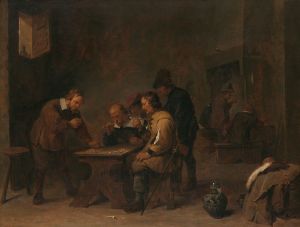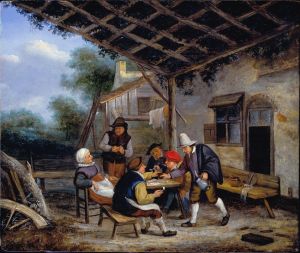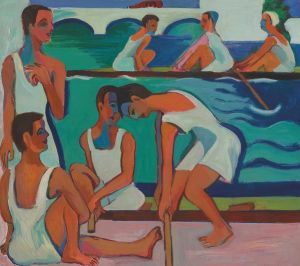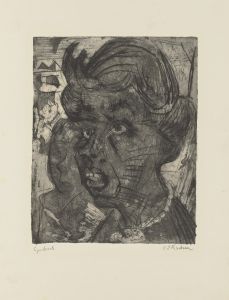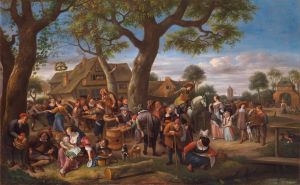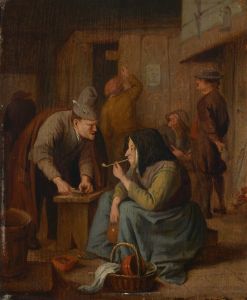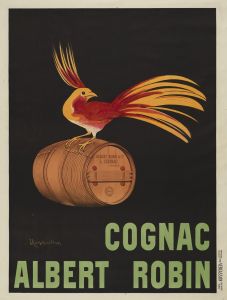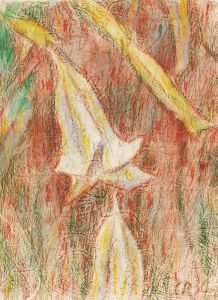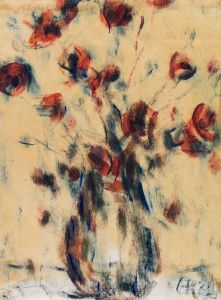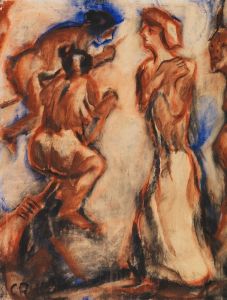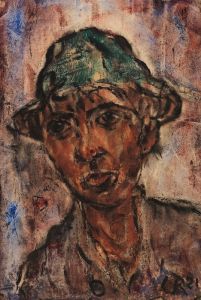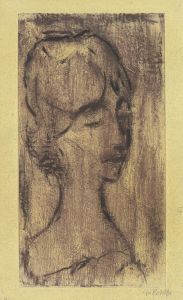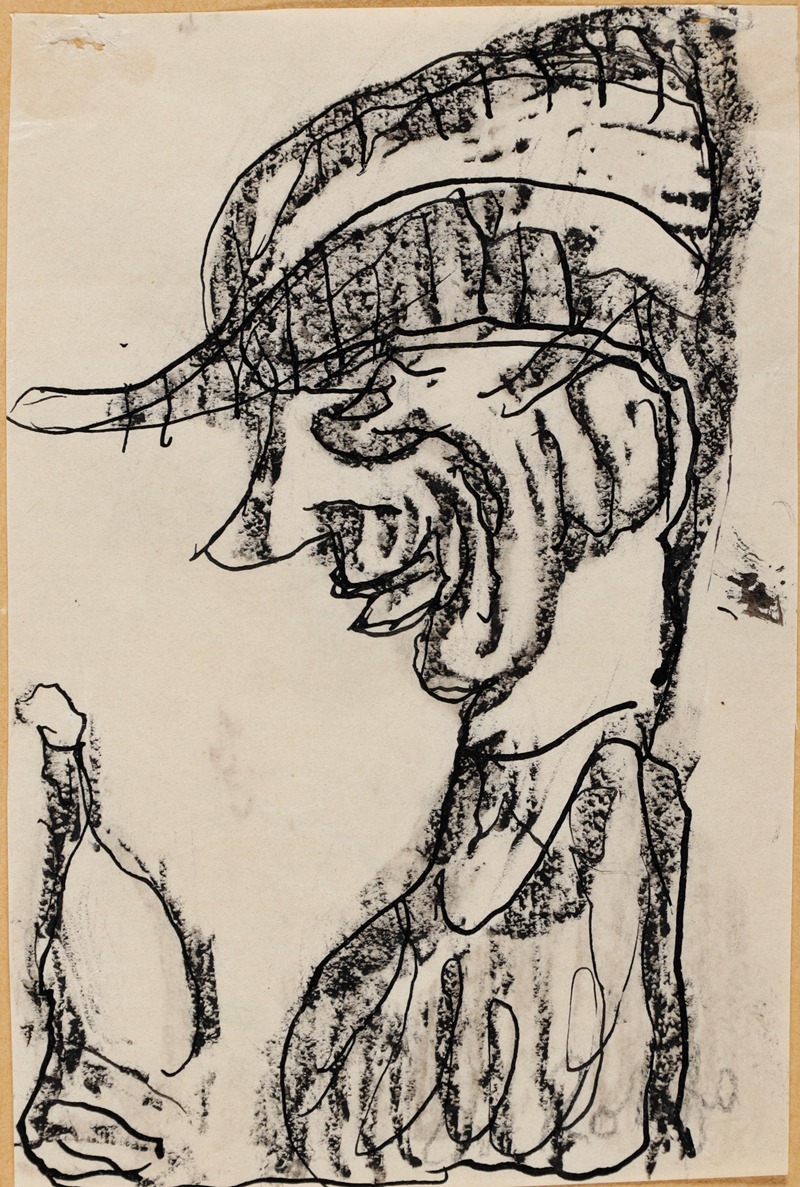
Der Trinker
A hand-painted replica of Christian Rohlfs’s masterpiece Der Trinker, meticulously crafted by professional artists to capture the true essence of the original. Each piece is created with museum-quality canvas and rare mineral pigments, carefully painted by experienced artists with delicate brushstrokes and rich, layered colors to perfectly recreate the texture of the original artwork. Unlike machine-printed reproductions, this hand-painted version brings the painting to life, infused with the artist’s emotions and skill in every stroke. Whether for personal collection or home decoration, it instantly elevates the artistic atmosphere of any space.
Christian Rohlfs (1849–1938) was a German painter associated with Expressionism. He is known for his dynamic use of color and form, often exploring themes of emotion and spirituality in his works. One of his notable paintings, Der Trinker (translated as The Drinker), reflects his mature style, characterized by bold brushstrokes and a vivid, expressive palette.
Der Trinker was created during a period when Rohlfs was deeply engaged with the Expressionist movement, which sought to convey emotional experience rather than physical reality. The painting depicts a solitary figure, presumably a man, in a state of intoxication or despair. The subject's distorted features and the dramatic use of color and light emphasize the psychological intensity of the scene. This approach aligns with the Expressionist focus on inner turmoil and the human condition.
Rohlfs began his artistic career in a more traditional academic style but gradually transitioned to Impressionism and later Expressionism. His work was influenced by his exposure to modern art movements and his interactions with other avant-garde artists. By the time he painted Der Trinker, Rohlfs had established himself as a significant figure in German Expressionism, contributing to the movement's exploration of raw emotion and subjective experience.
The painting was likely created in the early 20th century, a time of significant social and political upheaval in Germany. This context may have influenced the themes of alienation and existential struggle evident in the work. However, specific details about the circumstances of the painting's creation or its original exhibition are not well-documented.
Christian Rohlfs' career was tragically affected by the rise of the Nazi regime. In 1937, his works were labeled "degenerate art" (Entartete Kunst) by the Nazis, and many of his paintings were confiscated or destroyed. Despite this, his legacy endures, and his works are celebrated for their emotional depth and innovative use of color and form.
Today, Der Trinker is recognized as an important example of Rohlfs' contribution to Expressionism. The painting is held in a museum or private collection, though specific details about its current location are not readily available. It continues to be studied and appreciated for its powerful depiction of human vulnerability and its place within the broader context of early 20th-century art.





